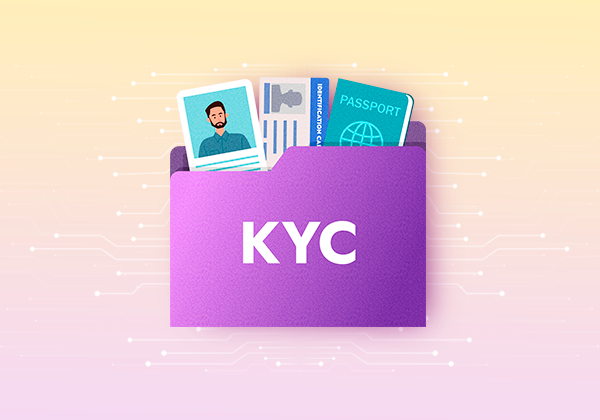
What Types of Fractional Real Estate Ownership Exist?
As an innovative solution for those looking to experience the perks of property ownership without the associated burdens, fractional real estate ownership has gained significant traction in recent years. This approach enables multiple individuals to share the rights and responsibilities of owning and using a property, making it a cost-effective option for investing in real estate.
In this article, we will explore the various forms of fractional real estate ownership available, including direct fractional property ownership, ownership via trust structures, and ownership through company shares.
Fractional Ownership of Property
Fractional real estate is a popular form of shared ownership in which multiple investors hold a stake in a physical asset. This model is similar to co-ownership arrangements in certain countries where the ownership certificate explicitly outlines the specific share each individual possesses.
It is an excellent way to diversify one's investment portfolio, as investors can own shares in multiple properties, spreading risks across different markets and asset types.
Another advantage of fractional real estate is the potential for passive income generation through rental returns. Since the management company is responsible for property maintenance, marketing, and tenant relations, fractional owners can enjoy the benefits of rental income without having to deal with the day-to-day challenges of property management.
However, before venturing into fractional property ownership, it's essential to conduct thorough research on the management company, the location, and the property itself. Evaluating the track record of the management company and understanding the terms and conditions of the fractional ownership are crucial to ensure that the investment aligns with your financial goals and risk tolerance.
It is also important to consider the potential tax implications of fractional ownership, as different countries and jurisdictions may have varying tax rules and regulations. Consulting with a tax professional can help investors navigate the complexities of taxation and make well-informed decisions about their investments.
Ownership Through Trust
An alternative approach to fractional property ownership is investing in a trust that owns and operates the property. In this model, the trust utilizes the investors' funds to develop the property, such as constructing a beachfront hotel or an entire resort community.
Instead of receiving a property ownership certificate, the investor obtains a declaration of trust. This declaration also grants eligibility for citizenship in certain countries and allows the investor to vacation at the hotel for one or two weeks per year.
As long as the investor holds the declaration of trust, they receive rental income from the property. The payout is calculated as a fraction of the hotel's total revenue proportional to the investor's share in the trust, typically ranging from 1.5% to 4.5% per annum.
Opting for shares in a trust can be a suitable choice for those seeking confidentiality, as the owner's name is not listed among the property owners. Instead, it is considered as participation in the development rather than direct ownership of a specific asset.
When investing in a trust, it is essential to select a reputable company. Expert advisors can help assess the trust's credibility, verify the legal clarity of the trust agreement, and confirm the existence of an agreement between the developer and the management company.
Ownership of Company Shares
Investing in fractional real estate through company shares allows investors to become co-owners of the property indirectly. Key features of this approach include:
- Company retains property ownership: the company remains the legal owner of the property, and the investor's name is not listed in the register of property owners. This arrangement can provide added privacy and reduce the administrative burden on individual investors.
- Potential income: Investors cannot receive direct income from renting out the property. However, they may receive a share of the company's profits in the form of dividends. It is important to note that not all companies pay dividends.
- Risk diversification: by investing in company shares rather than a single property, investors can spread their risk across multiple assets managed by the development company. This diversification can help mitigate potential losses due to fluctuations in the real estate market. Also, investors can also purchase shares in various management companies, which can further improve the diversification of their portfolio. By owning shares in multiple companies, investors can spread their risk across different markets and property types.
- Professional management: the company manages and maintains the property, freeing investors from the responsibilities of traditional real estate investments and enabling them to enjoy property ownership benefits without the hassle of management. Moreover, tokenized company shares are more liquid compared to equity ownership in individual assets. This makes it easier for investors to transact, either buying or selling their shares.
This form of fractional investment in real estate offers a unique approach to indirect property ownership through company shares.
Conclusion
To conclude, fractional property investment presents a compelling option for those who want to enjoy the benefits of real estate ownership without the full financial and logistical responsibilities. With a variety of models to choose from, such as direct fractional interest real estate, ownership via trust structures, and ownership through company shares, potential investors have the flexibility to select the method that best suits their needs and investment objectives.
► Sabai Academy — a place where studying blockchain, crypto, fractional ownership, and real estate investments becomes a catalyst for capital growth!
Sabai Academy
BOOST your knowledge with our FREE crypto courses!
Related Articles

How to Withdraw $SABAI Tokens Early from Staking?

FULL GUIDE: MetaMask + Sabai

